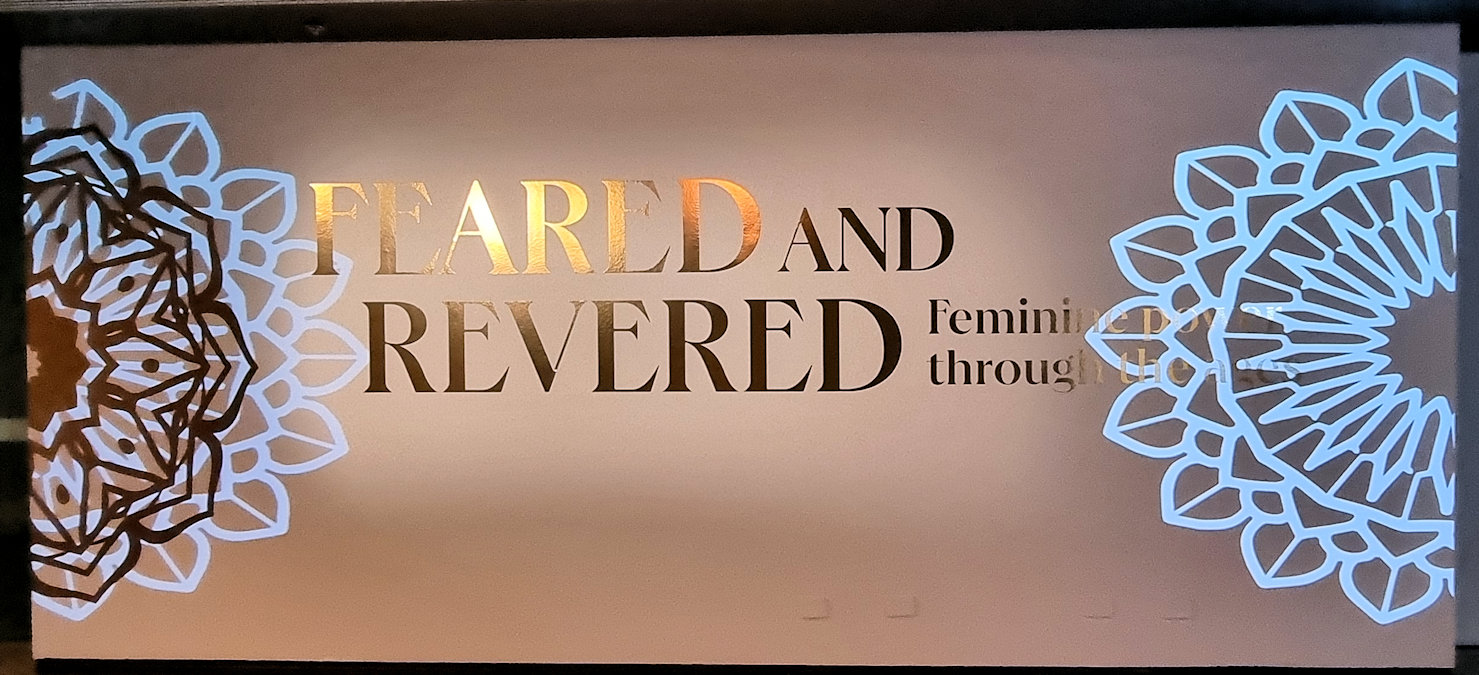Category: History
-
Australian War Memorial 1945 to Today

Australian War Memorial 1945 to Today During our previous trip to Canberra, the gallery “Conflicts 1945” to Today in the Australian War Memorial was closed because of the renovations. This time however, it was open, so we took the opportunity to look around. This gallery commemorates all the conflicts involving Australians from 1945 to today.… Read more
-
Canberra Airport Hudson Bomber

Lockheed Hudson Mk.IV A16-105 at Canberra Airport Something you don’t expect to see is a five-tonne bomber on the second floor of an airport terminal. However, Canberra Airport has a Lockheed Hudson bomber doing just that. Sitting at the far end of the check-in desks, it’s a monument to all of the RAAF crews who… Read more
-
Feared and Revered

Feared and Revered Celebrating female power through the ages, Feared and Revered examines the diversity of spiritual females from cultures across the globe. Located at the National Museum of Australia in Canberra, until 27 August 2023, the exhibition has over 160 objects from the British Museum. There is also a section on Australian Indigenous female… Read more